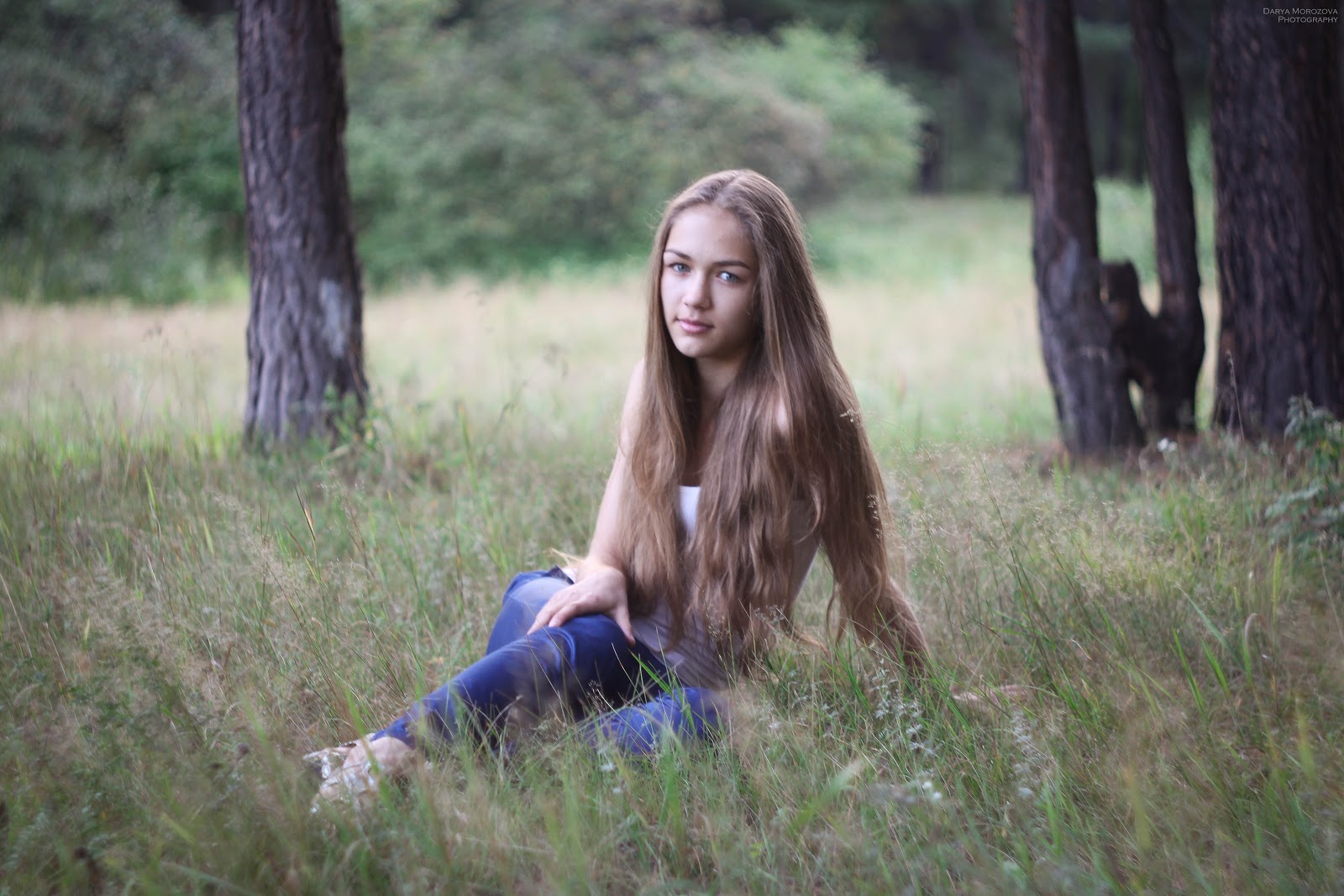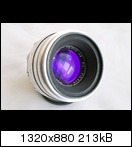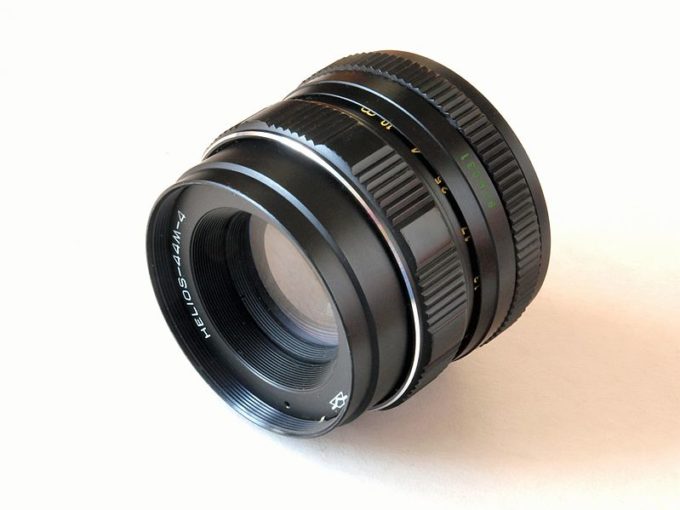

The other famous kit of the time was the Praktica film camera, which was equipped with the Pentacon 50mm lens. Back then, Helios 44-2 was the standard lens on Zenit film cameras and the two products were sold in large numbers, especially in Eastern Europe. Probably, this early version was also the most successful of them all in terms of numbers. That’s thanks to its greater availability in comparison with the old version and because of its greater prestige in comparison with the newer versions. This is probably the most sought of version of the Helios 44 series. Also, the glass has a purple tint, which is somehow atypical for a non-coated or single-coated lens.
#M39 helios lens serial number#
Some really old Helios 44 lenses, such as the one presented here, do not have the typical Soviet serial number where the first two letters indicate the production year.

It has a 13 blade aperture with preset aperture control, the maximum opening is f2 and the minimum is f16. This first version of the lens really looks old school with its silver-like shining chrome body. While variations in terms of glass quality are open to debate, reliability in Helios 44 remained strong throughout the years. While the focal length and maximum aperture remained the same, improvements and changes were made in terms of resolution, coating layers and body style. Some Helios 44 lenses were also sold on Soviet Start cameras, which had a bayonet mount.ĭuring its long production span, the Helios 44 has had numerous variations. It was initially produced in the M39 mount and then became one of the first lenses to be made for the M42 mount. The optical formula remained the same.īoth design and optics-wise, the Helios 44 is a copy of the prewar Carl Zeiss Biotar with which it shares the same focal length and maximum aperture. The overall design was changed and the focus ring was repositioned. Design-wise, this version is almost identical with the original Helios 44. Helios 44 was produced in the Soviet Union primarily at KMZ near Moscow but also at Valdai or later at BELomo in Minsk. The lens is quite popular today because of its distinct image rendering, availability, and price.

Production started after World War II and continued for half a century, until the 1990s. Helios 44 58mm f2 is one of the best known Soviet vintage lenses.


 0 kommentar(er)
0 kommentar(er)
